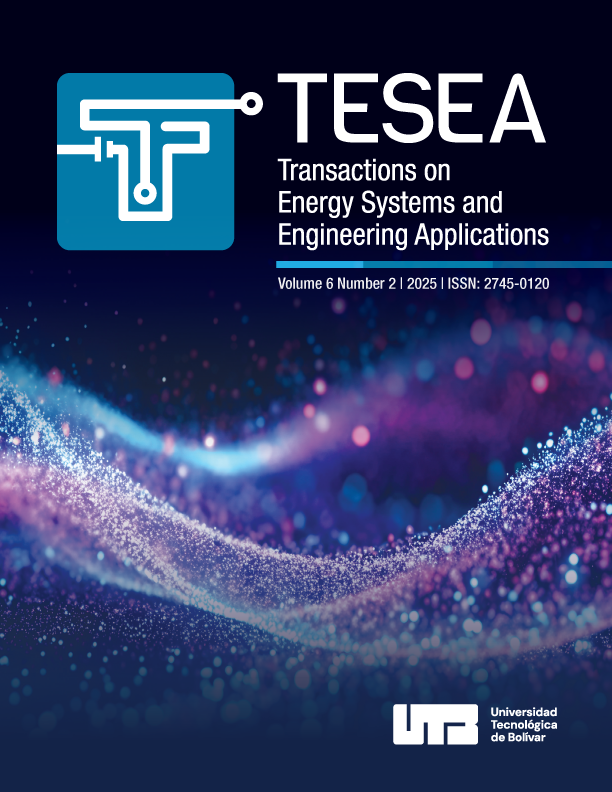To eggspace and beyond: design and implementation of an autogyro-CanSat with IoT purposes using AWS
DOI:
https://doi.org/10.32397/tesea.vol6.n2.628Keywords:
CanSat, AWS, Autogyro, IoT systemsAbstract
In the context of a lack of educational tools for learning space technologies and satellite development, CanSats were created as an educational tool. This article proposes the mechanical, electrical and software design of a CanSat with an autogyro descent system where the novelty is the implementation of AWS IoT services and Node-RED to store, manipulate and display in real-time the collected weather data. This picosatellite design is capable of safeguarding the integrity of the CanSat's payload where a chicken egg will be placed during the flight and landing phases. Often, other designs of CanSats use local servers implemented on the computer or laptop of the team for storage and display of the data. This makes it more difficult to share the information to people without access to the computer where the server was specifically deployed. The use of AWS services for the Internet of Things is very useful in sharing and displaying the collected information to the public interested in the collected weather data. One of the AWS services implemented allows data subscription through Gmail. The findings made in this paper hold implications for applications involving the transportation and safe landing of delicate payloads in space exploration missions. As a result of the implementation of this design, the separation between the secondary and primary load was successfully achieved and the weather data was transmitted.
Downloads
Downloads
Published
How to Cite
Issue
Section
License
Copyright (c) 2025 Franco Rivadeneira, Kioshi Kiyan, Victor Huayapa, Diego Godinez, Nicole Perez, Abel Hinostroza, Sebastian Acosta, Diego Arce

This work is licensed under a Creative Commons Attribution 4.0 International License.
Authors retain copyright and grant the journal right of first publication with the work simultaneously licensed under a Creative Commons Attribution 4.0 International License, which allows others to share the work with an acknowledgment of the work's authorship and initial publication in this journal.
















